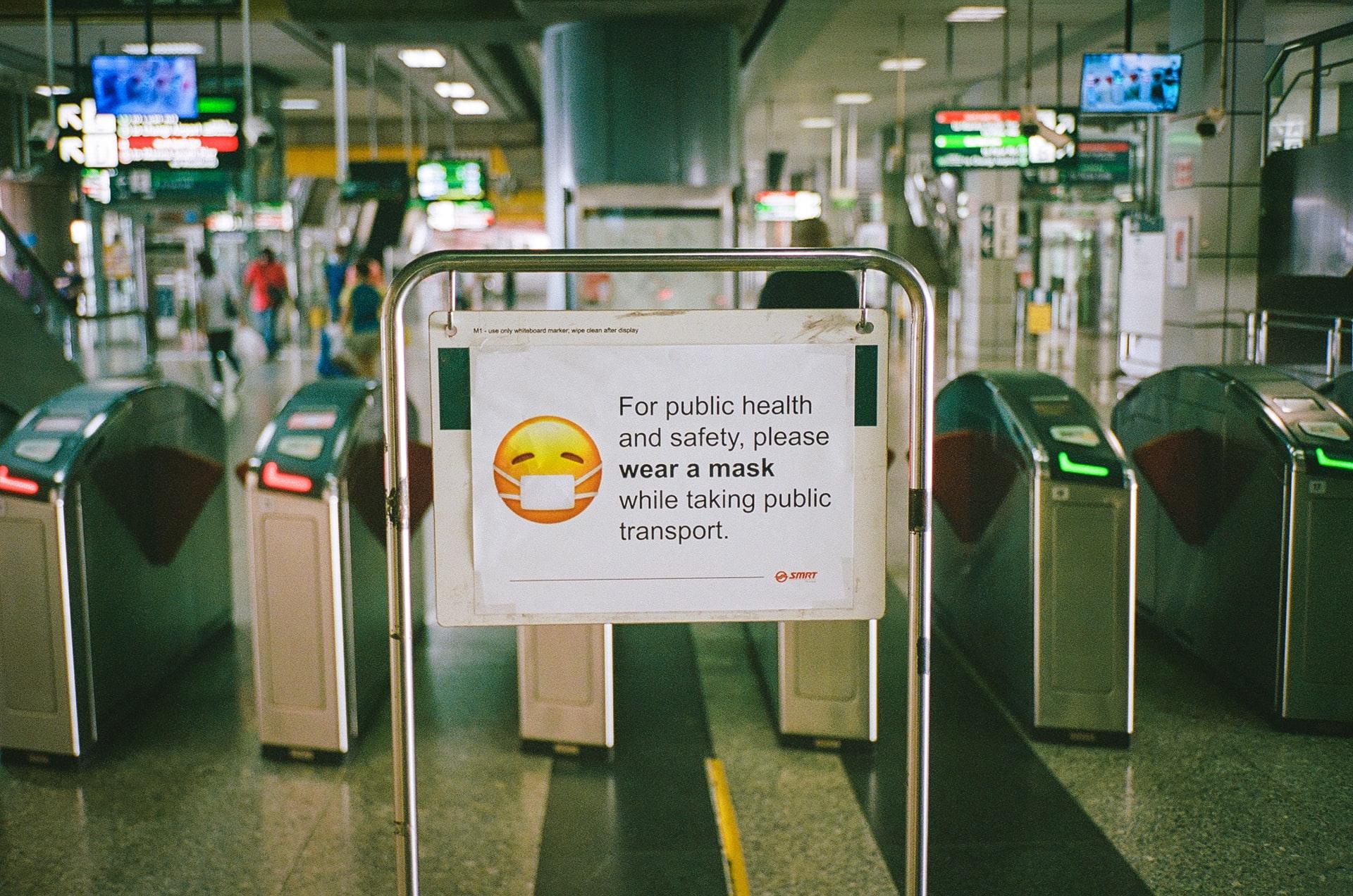Blog > Social Distancing in the Workplace

There has never been so much pressure for healthcare management and administration to get things right. Whether your staff consists of frontline workers, essential workers, or desk workers now returning to the office, it’s vital to put proper social distancing measures in place.
That’s why we’ve put together this handy guide, to make sure you’re equipped with new ideas that help keep you, your staff, and your patients safe during the pandemic. Armed with this, you’ll be working more safely in no time.
Avoid In-Person Meetings as Much as Possible
Social distancing at work has never been more essential. Educating employees either through email or newsletter to ensure that meetings are held online where possible is a great way to break old habits, drive staff engagement, and prevent local outbreaks.
Keep Unavoidable In-Person Meetings Short
Robust emergency HR policies and procedures should be operationalized to ensure that essential in-person meetings are short, socially distanced, and with objectivized agendas. This ensures limited debate and objective outcomes in a safe, risk-managed environment.
Eliminate Any Unnecessary Events
HR policies can be further used to ensure staff are educated and aware of COVID-19 risks to avoid any mishaps. In-person training sessions, social gatherings, or non-essential travel should all be off the cards. This is not only helpful for staff but indemnifies the company in the event of non-compliance.
Keep Six Feet Apart When Possible
Social distancing at work is made easier by using barrier controls, wearing masks and staggering employee shifts to ensure minimal contact. However, in all instances, employees should adhere to CDC guidance and stay 6 feet apart from each other at all times.
Try Not Use Public Transportation
Social distancing is tough when using packed public transportation to get to and from work on a daily basis. That said, systems can be improved by drafting guidance on how to stay safe for staff members who use public transport. Organizations can also go over and above by scheduling charter transport or offering reimbursement for gasoline through the difficult months ahead.
Reevaluate Scheduling and Activities

Implementing flexible working worksites such as moving operations online or remotely is a great place to start when looking at how your organization can pivot to meet disruption caused by COVID-19. If the latter is unfeasible try implementing flexible working hours by rotating and staggering shifts and reducing the number of employees in the building at any one time.
Don’t Share Equipment
If employees remain onsite, social distancing signs can be a great way to prevent an outbreak or cut transmission rates. Signs can include discouraging employees from using each other’s equipment, such as phones, mouses, keyboards etc.
Make Sure You Have a Cleaning Staff
Onsite cleaning staff who use disposable wipes, antibacterial cleaners that protect against the virus is a must.
Making HR decisions in times like these is difficult, but automation and decision support can help. Call us today at SNF Payroll at 844-200-1870 to learn more about our fully customized HR technology solutions.
Source:

